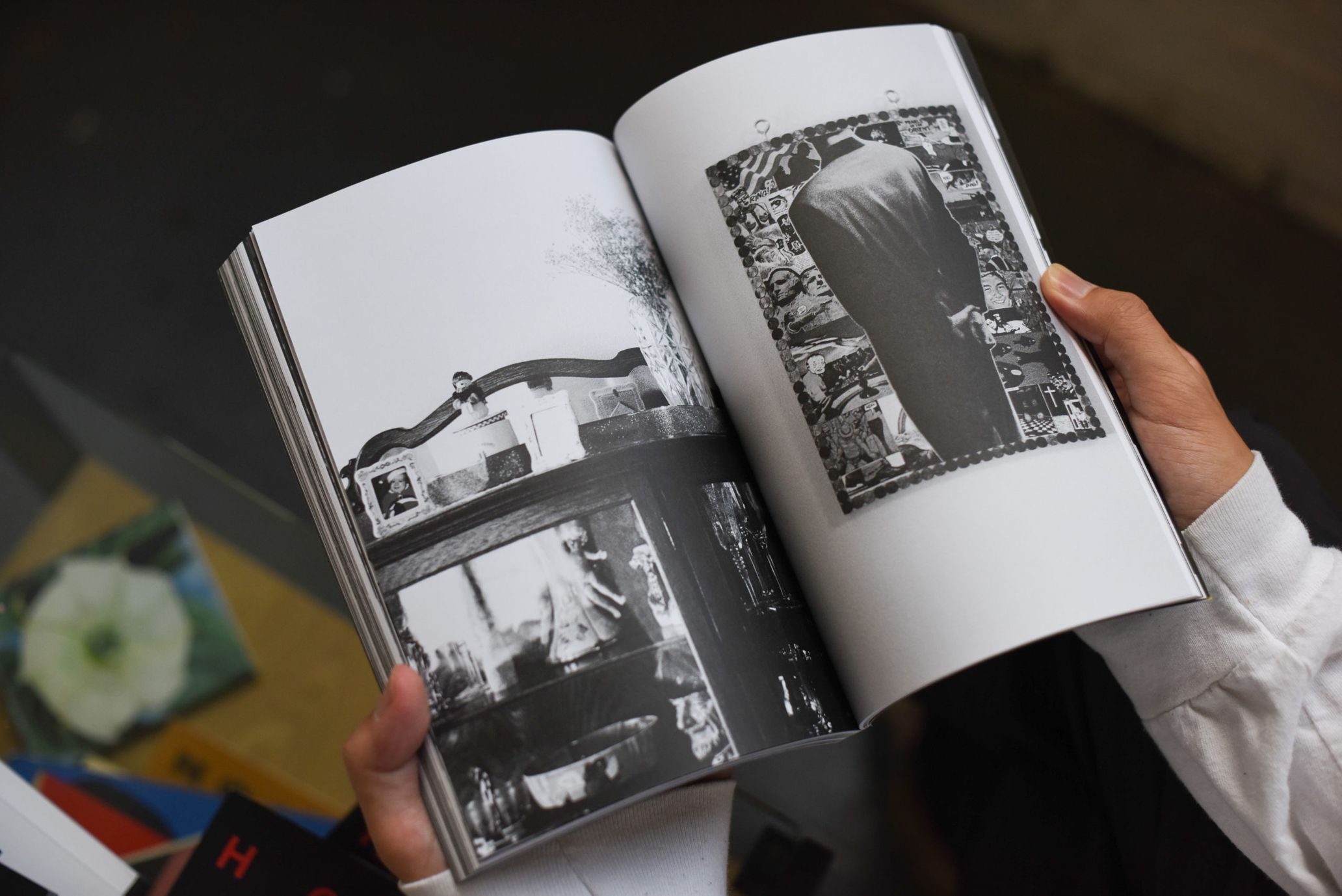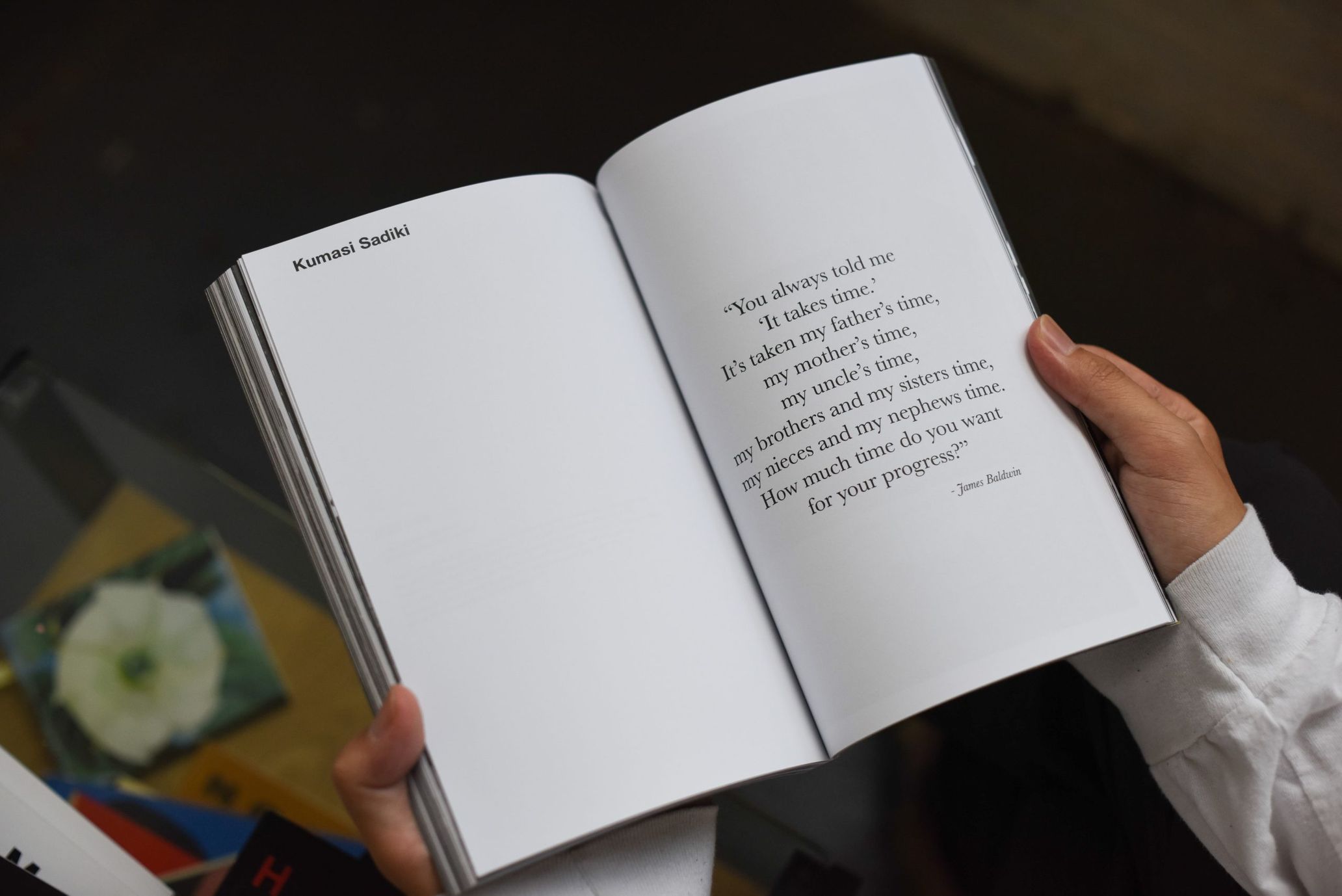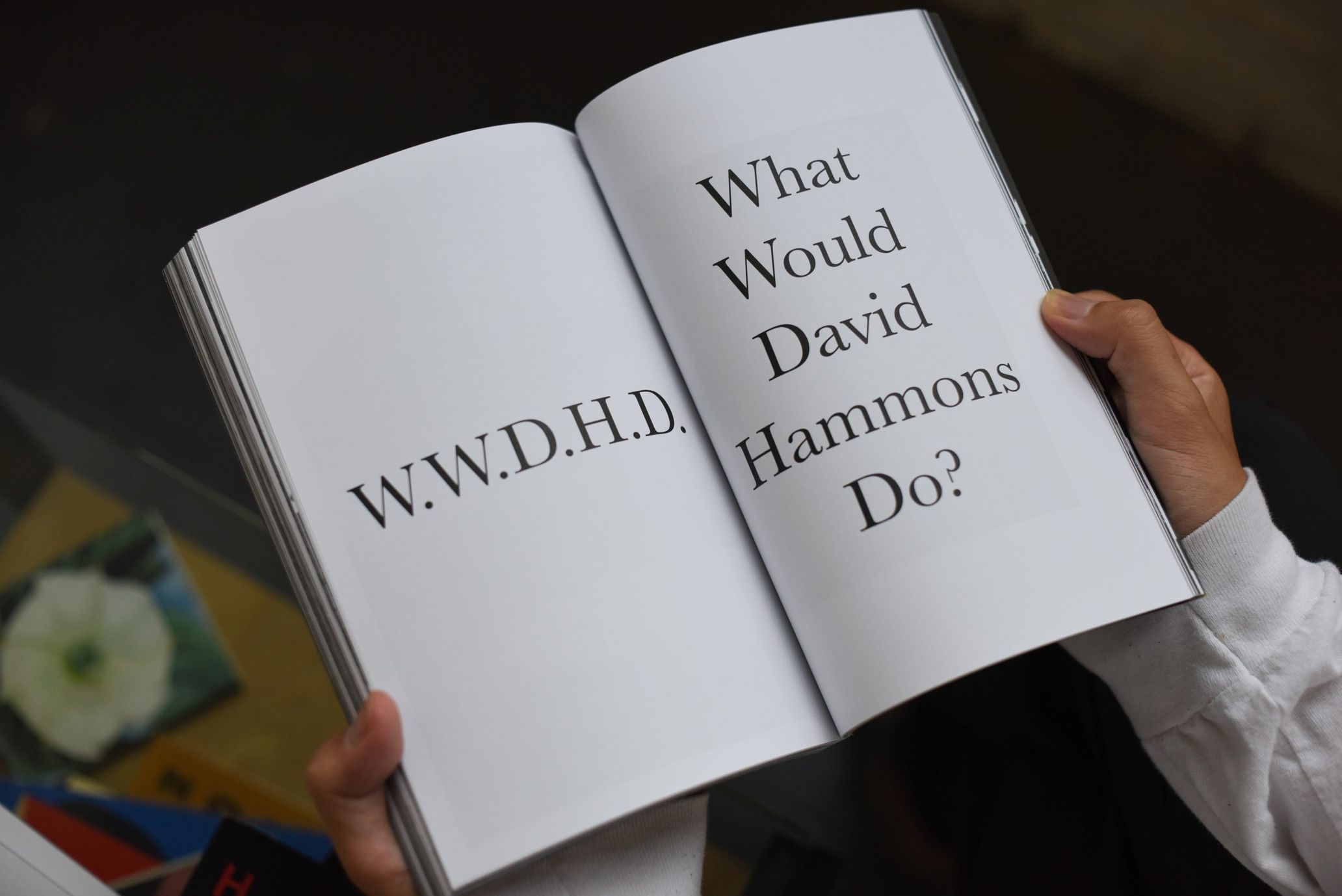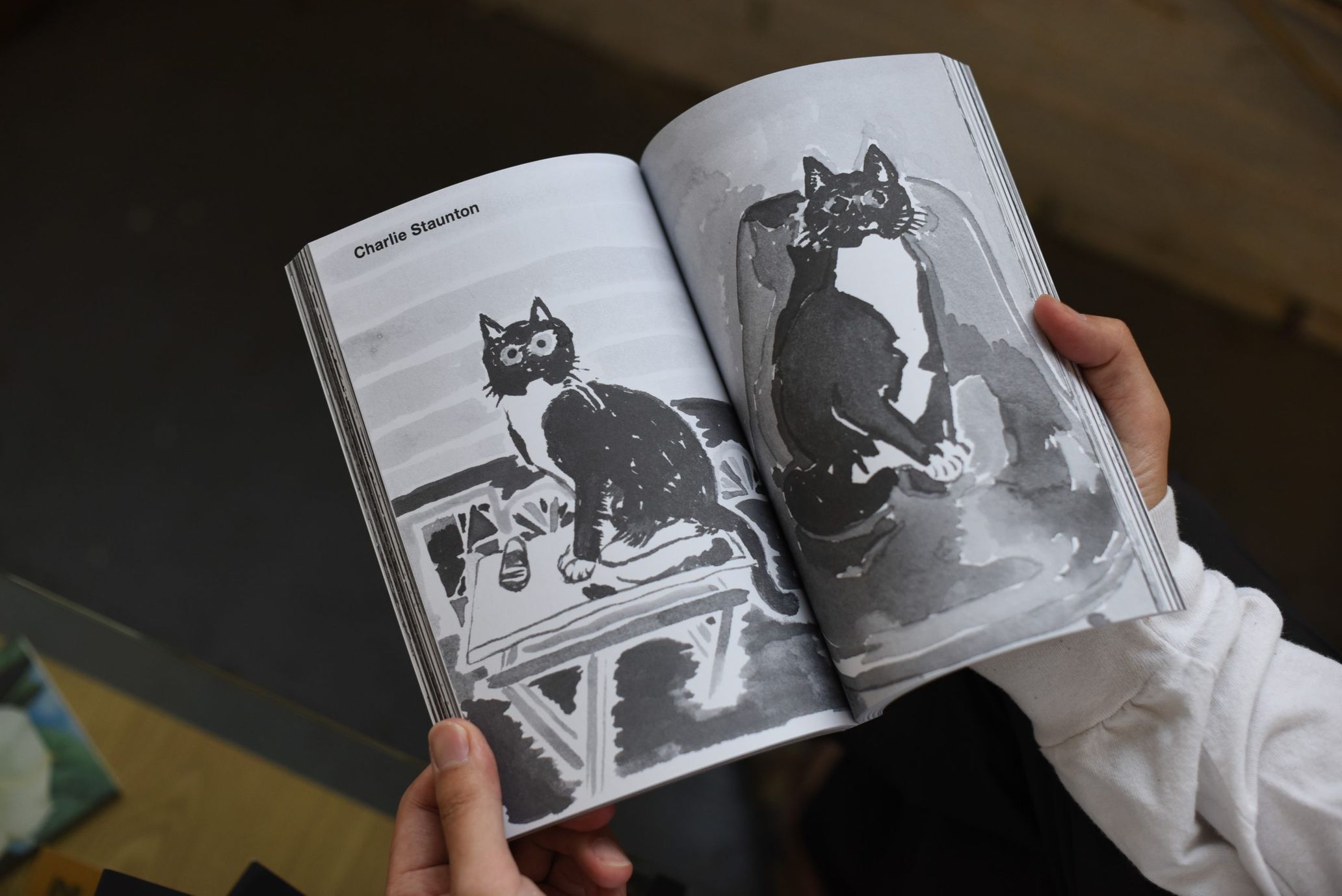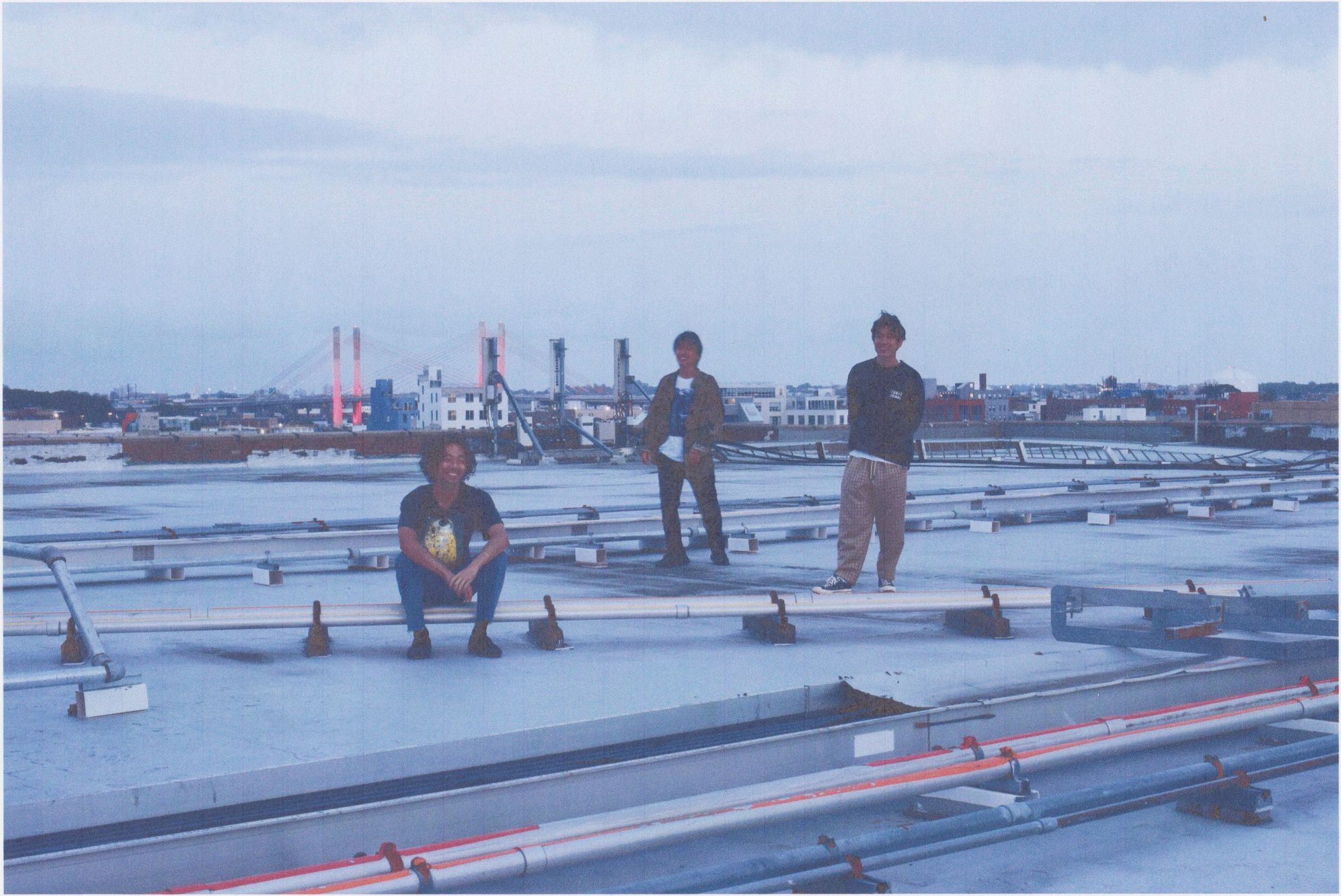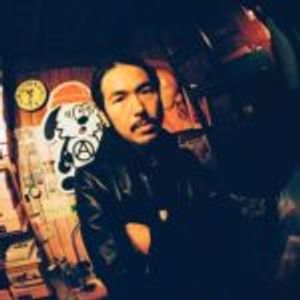The number of creators and artists releasing new coronavirus-related work has been on the rise. Take, for instance, three Japanese creators. They released two art books; HOME NEW YORK BOOK in May and HOME LOS ANGELES BOOK in June. Some artists included in the New York edition are Peter Sutherland, Reginald Sylvester II, and Miyako Bellizzi. For the LA edition, artists such as Cali Thornhill DeWitt, Alexis Gross, and Julian Klincewicz contributed their work. On top of featuring distinguished artists, they donated all the proceeds. These two art books are a part of the HOME project, run by New York-based graphic designer and art director Takeshi Matsumi, alongside artist Toya Horiuchi and photographer Ryuta Hironaga.
Why did they create this during the pandemic in New York? We spoke to the head of the project, Takeshi Matsumi, about the current situation of the city and how coronavirus has influenced the way artists create.
It all started with wanting to give back to the community
ーーWhat is the HOME project? What activities do you do with it?
Takeshi Matsumi (hereinafter Takeshi): We created HOME NEW YORK BOOK and HOME LOS ANGELES BOOK with the help of artists based in both cities and donated all the profits to three community organizations. We published two books this time around but, we’re not limited to that medium. I think it would be fun to use a different format too.
ーーToya Horiuchi and Ryuta Hironaga are members of the project, aside from yourself. How did you meet each other?
Takeshi: We are all based in New York, and I’ve known both of them before we started this project. I met Toya around four years ago when I was working on a LQQK Studio book. I remember being surprised like, “wow, another Japanese person working at LQQk Studio!” Ryuta and I met around four years ago. My friend Asato (LA-based Japanese photographer, Asato Iida) introduced me to him. Ryuta was working in LA at the time, so I did not think I would end up working with him in New York. Toya and Ryuta met each other around two years ago. Toya and I went on a road trip to LA, and when we arrived there, we hung out with some friends. Ryuta was among that group of friends; that was the first time the two met. I remember that day so well because it was our last night in LA. We had so much fun and forgot about the time. Ryuta had work the next morning, but he was late for that (laughs). After that day, Ryuta stayed over at Toya and my studio whenever he was in town. Even after he moved to New York, he continued to sleep at the studio because he still didn’t have a place to live. As a result, our friendship grew stronger because of this experience. When we were in lockdown, we would check in with each other several times during the week; that is how close we had become.
ーーCould you talk about when and why you started the HOME project?
Takeshi: We started talking about this seriously at the beginning of April. Because of coronavirus, bars and restaurants started closing down at the start of March, and after that, lockdown came into effect. So many people couldn’t work, and the regulations got stricter as the weeks passed. I experienced nothing like it before; my work got canceled and I couldn’t hang out with my friends. I saw more posts from friends with shops asking for donations on social media, and my frustration grew each time I saw one because I felt helpless. That’s when I wondered if there was anything I could do to give back to the community. As a creator, I have quite a few connections with shops and people. That’s when I got this vague idea to ask my friends and artists to submit their work to make a book. I wanted to raise money and donate to those that got hit hard by the pandemic. I then confided in Toya and Ryuta, and they told me they wanted to work on it as hard as possible.
ーーYour lives changed dramatically because of lockdown, and so you took action in a manner that’s unique to you.
Takeshi: Yes. After talking to them, I was like “I should give it a go.” It was midnight when that conversation happened, and I emailed my friend, Peter Sutherland, immediately. He emailed back the next day and said that he wanted to partake in it. I was so happy because I wanted him to contribute no matter what. His reply gave us the fuel to get started. Toya, Ryuta, and I then decided on who to approach next.
ーーWhat is the meaning behind the name, HOME?
Takeshi: The time I spend at home is longer now, and so is the time I spend thinking about my family, friends, and community. So, I chose that word to symbolize the people and things important to me.
Artwork that left an impression on the three artists behind HOME BOOK
How can we use our skills to contribute to society?
ーーOf course, the content of the book drew me to it, but the fact that you donated the funds interested me too. Could you expand on that?
Takeshi: When I first started the project, I was anxious and hesitant about making a book to raise money. Compared to America, the culture of donating is not as common in Japan. I was afraid people would question my motives for donating. It was conflicting for me because I wondered if it was okay for me to make two books about coronavirus and BLM despite not being able to do my part in either case. But now more than ever, I think about the act of donating and current issues seriously after making HOME BOOK. I also think it’s significant that more people are reading the two editions.
ーーI’d like to hear about how you chose the people you were going to donate to.
Takeshi: We donated to three groups: Barbershop Books, Children of Promise, NYC , and Peace4Kids. When we were coming up with ideas for the project, we initially wanted to donate to shops we frequented or to the community. But while we were putting the books together, the BLM movement kicked off. The shops we wanted to support had donated to groups and people related to BLM. When we saw this, we rethought about where to donate. The affinity between the contributing artists and people that receive the donations was imperative.
After I began to think about BLM, I discovered how vital education is for children. That’s why we chose organizations that support children who don’t have the best educational environment. So many children do not have access to a good education in the States. This is just one of the myriad of reasons racism against Black people continues to exist.
Barbershop Books is a New York-based community program aiming to foster literacy among children by creating reading spaces in barbershops. Kumasi, who is one of the featured artists, recommended them to us. We originally wanted to support The Good Company, run by Kumasi, so we took his recommendation to heart. CPNYC (Children of Promise, NYC) is an organization specializing in after-school programs and summer day camps for children with incarcerated parents. Graphic artist Shirt King Phade, who contributed to HOME LOS ANGELES BOOK, suggested them to us. And last, Peace4Kids is a non-profit organization in Compton empowering and nurturing young people in foster care. Ryuta found them when we were making the books. His friend also mentioned them, and so all profits from HOME LOS ANGELES BOOK went to this organization. We sold 75 copies per edition and raised 2,100 dollars. It’s not much, but I hope we can raise more by continuing this project.
ーーHow has the pandemic affected you personally?
Takeshi: As I mentioned before, most businesses were closed by mid-March, and many people transitioned to working remotely. It became harder to meet people unless it was someone close to you, and the opportunity to communicate with others decreased. I started this project because of that, and if it wasn’t for corona, I might have spent the rest of my life only working on things I thought were interesting to me. Now, I want to create work related to social topics with the HOME project.
Another thing that impacted the project in a big way is the murder of George Floyd at the end of May. I feel like people were holding back their energy for a long time because of coronavirus, and it all exploded when this happened. Protests sprung up all over New York, and there was this pressure to post solely about BLM. Further, not saying anything at all equated to being complicit in racism. It became the norm to open up a conversation by talking about the movement. I thought, “how can I face this issue and get involved as a Japanese person living in the U.S.?” This applies to not only me but to everyone living in America. With that said, it’s not like there is one answer to solving racism against Black people, so I got in my head a lot, and I had to be prepared to look at the problem in the eye.
My mindset regarding racism changed drastically. I’ve been discriminated against before, but back then, I never thought about whether I was discriminating against someone else. I didn’t know the difference between the experiences of Black people with racism and my experiences with it. Looking back, I know I have said things that have hurt people. The people of America are trying to change the world, and being here in New York during this time is so important because I have the chance to change my old values.
ーーIn your opinion, how have your values changed?
Takeshi: For example, instead of creating things and selling them for the sake of it, I’m now able to think about how to use materials that already exist, and give back to society that way. A lot of artists and creators are losing opportunities to showcase their work. But you could look at it this way too; people have more time to come up with ideas, produce work, and get inspired. Until this point, I was wrapped up in the hustle and bustle of it all. However, that fast lifestyle came to a temporary halt, and that allowed me to refresh my mind. I’m excited to see how people manifest the ideas they had during the pandemic. The HOME project has shown me my limits, and I hope to improve myself by reaching more people with the project. I’m working on something new, and I’ll do my best to make it happen. Moreover, I want to bring something like the HOME project to Japan too. It would be wonderful if I could do something related to society by creating things.
HOME project
The HOME project is an art project dedicated to giving back to the community. It comprises three Japanese creators: graphic designer and art director Takeshi Matsumi, artist Toya Horiuchi, and photographer Ryuta Hironaga. They have published HOME NEW YORK BOOK and HOME LOS ANGELES BOOK, as introduced in this article, and they donate all profits.
https://home2020.net/
Takeshi Matsumi’s Instagram:@tks_matsumi
Toya Horiuchi’s Instagram:@toya_horiuchi
Ryuta Hironaga’s Instagram:@ryuta.hironaga
Photography Ryuta Hironaga
Translation Lena-Grace Suda


